In the shadow of towering dinosaurs, small creatures scurried across the prehistoric landscape, surviving in a world dominated by reptilian giants. For decades, scientists believed that mammals during the Mesozoic Era (the Age of Dinosaurs) were tiny, shrew-like creatures that lived in the margins of a dinosaur-dominated world.
However, recent paleontological discoveries have dramatically challenged this long-held belief. The unearthing of Repenomamus giganticus, a badger-sized mammal that lived alongside dinosaurs, has rewritten our understanding of mammalian evolution. This remarkable discovery reveals that some mammals grew much larger than previously thought and even preyed on small dinosaurs, painting a far more complex picture of the Mesozoic ecosystem than scientists had imagined.
The Groundbreaking Discovery of Repenomamus

In 2005, paleontologists working in the fossil-rich Yixian Formation of northeastern China made a discovery that would shake the foundations of paleontology. They unearthed the remarkably well-preserved remains of Repenomamus giganticus, a mammal that lived approximately 125 million years ago during the Early Cretaceous period. Unlike the mouse-sized mammals typically found from this era, R. giganticus measured about one meter in length and weighed an estimated 12-14 kilograms – roughly the size of a modern badger.
This discovery immediately challenged the conventional wisdom that mammals during the dinosaur age were all tiny creatures hiding in the shadows. The exceptional preservation of the fossil allowed scientists to examine details of its skeleton that revealed a robust, possibly semi-aquatic predator that competed in the same ecosystem as dinosaurs.
Evidence of a Dinosaur-Eating Mammal

Perhaps the most sensational aspect of the Repenomamus discovery came from a related species, Repenomamus robustus. In one specimen, scientists found the unmistakable remains of a young dinosaur in its stomach contents. This specimen contained the bones of a young Psittacosaurus, a small plant-eating dinosaur, providing the first direct evidence that some mammals actually preyed on dinosaurs.
This finding fundamentally altered our perception of the ecological roles mammals played during the Mesozoic. No longer could scientists view early mammals as merely nocturnal insectivores scurrying around the feet of dinosaurs. These creatures were active predators participating in complex food webs, sometimes even turning the tables on smaller dinosaurs. The discovery effectively demolished the simplified narrative of dinosaur dominance that had prevailed for generations.
The Anatomy of Repenomamus
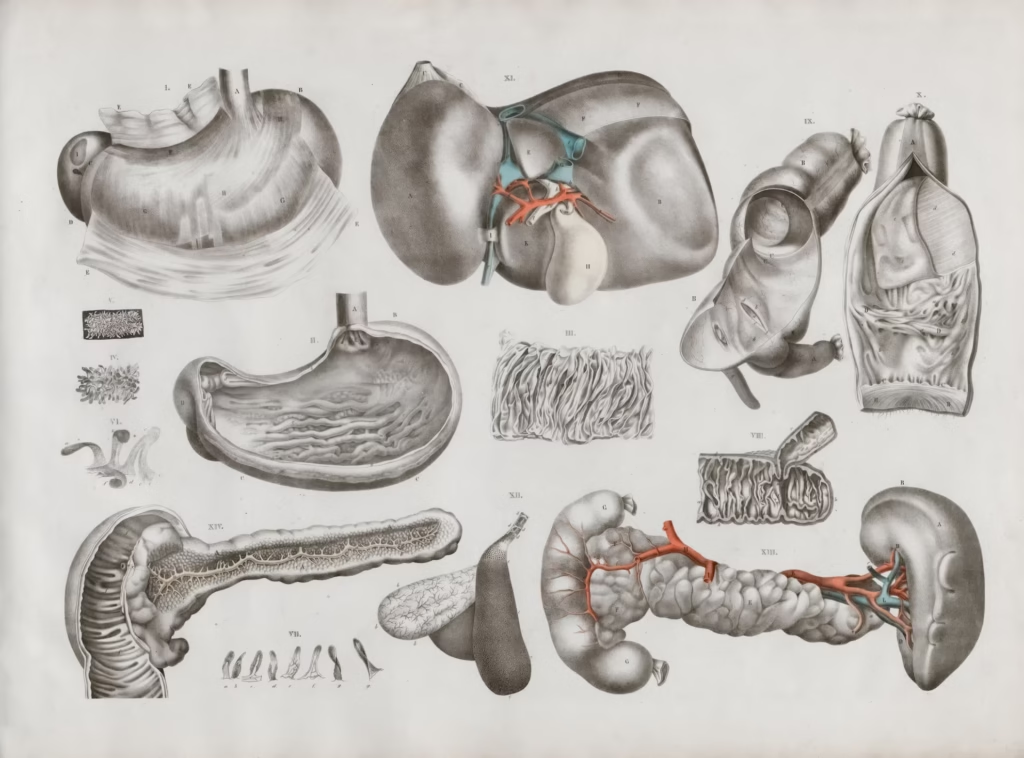
Repenomamus possessed a suite of anatomical features that made it a formidable predator in its ecosystem. Its skull was robustly built with powerful jaw muscles and sharp teeth designed for seizing and crushing prey. Unlike many modern mammals, it had a more sprawling posture with limbs extending from the sides of its body rather than positioned directly underneath.
This posture, reminiscent of modern reptiles, suggests Repenomamus hadn’t yet evolved the efficient running gait of later mammals. Its robust limb bones and strong claws indicate it was likely a capable digger, possibly creating burrows for shelter or hunting smaller prey. The relatively large size of its brain case suggests it possessed reasonably developed senses, particularly hearing and smell, which would have been essential for hunting and avoiding larger predators.
Life During the Early Cretaceous Period
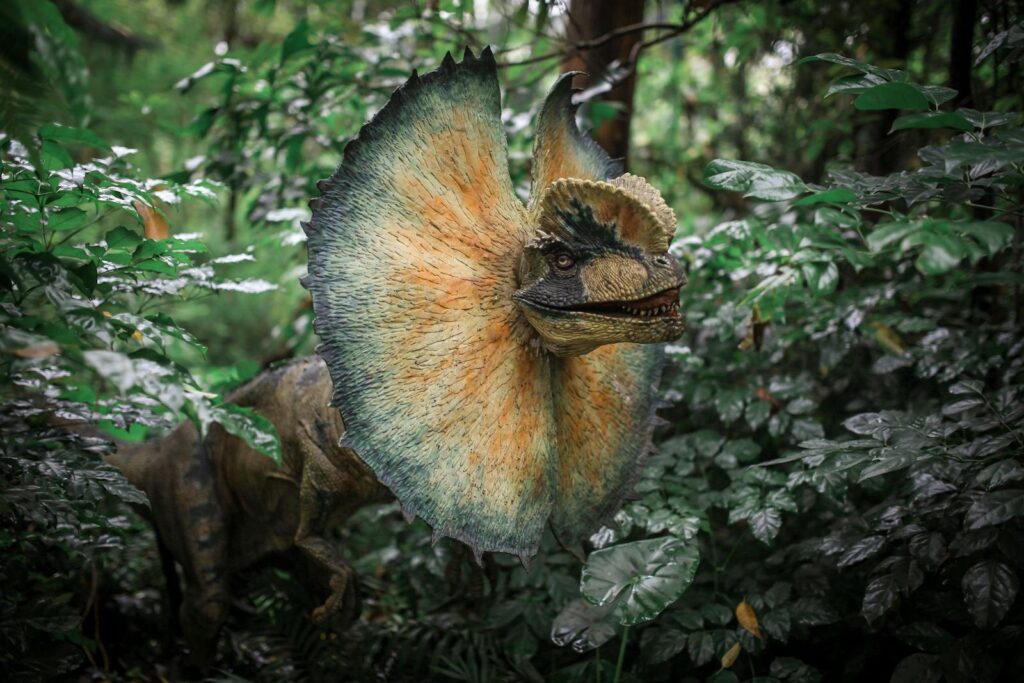
The Early Cretaceous period in which Repenomamus lived was a time of significant ecological change. The supercontinent Pangaea had already begun breaking apart, creating new habitats and opportunities for species diversification. The climate was generally warmer than today with no polar ice caps, and conifers and early flowering plants dominated the landscape. Repenomamus inhabited a lush, forested environment punctuated by lakes and rivers in what is now northeastern China.
This region, preserved in the famous Jehol Biota, has yielded countless exquisitely preserved fossils, including feathered dinosaurs, early birds, and primitive mammals. The preservation quality of the Yixian Formation fossils is often extraordinary, with soft tissues, hair impressions, and even stomach contents sometimes visible, giving scientists an unprecedented window into this ancient ecosystem.
The Evolutionary Significance of Repenomamus
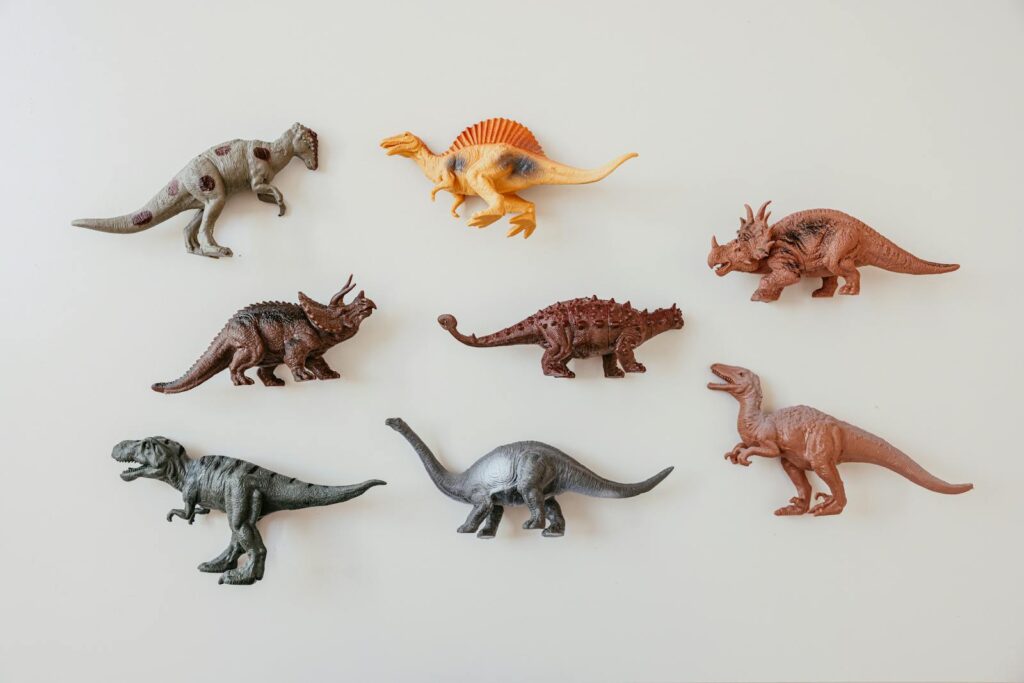
Repenomamus belongs to a group of primitive mammals called eutriconodonts, which were not direct ancestors of modern mammals but rather a separate branch on the mammalian evolutionary tree. Despite this, their existence demonstrates that mammals had already begun experimenting with larger body sizes and predatory lifestyles much earlier than previously thought.
This evolutionary experimentation challenges the notion that mammals were uniformly constrained to small body sizes throughout the Mesozoic due to competition from dinosaurs. Instead, it appears some mammal lineages were able to exploit specific ecological niches that allowed them to grow larger and adopt more diverse lifestyles. The discovery of Repenomamus suggests that the traditional view of mammalian evolution as a relatively simple story of small, generalized forms gradually diversifying after the dinosaur extinction requires significant revision.
Rewriting the Dinosaur-Mammal Relationship

Prior to the discovery of Repenomamus, the relationship between dinosaurs and mammals was generally portrayed as a one-sided affair, with dinosaurs dominating the landscape while mammals eked out an existence on the margins. This new evidence suggests a far more complex ecological relationship existed between the two groups. While large dinosaurs certainly dominated as apex predators, mammals like Repenomamus occupied intermediate predator niches, hunting smaller dinosaurs and other vertebrates.
This discovery has forced paleontologists to reconsider the entire ecological structure of Mesozoic ecosystems. Rather than a simple hierarchy with dinosaurs at the top, these ecosystems now appear to have featured complex food webs with mammals playing varied and important roles. The mammal-dinosaur relationship was not simply one of dominance and submission but a dynamic interaction that shifted depending on the species involved and their ecological contexts.
The Jehol Biota: A Prehistoric Time Capsule

Image by David Clode, via Unsplash
The remarkable preservation of Repenomamus would not have been possible without the unique conditions of the Jehol Biota. This fossil lagerstätte (a sedimentary deposit with exceptional fossil preservation) in northeastern China has provided scientists with an extraordinary window into Early Cretaceous life. Formed by a series of volcanic eruptions that rapidly buried organisms in fine ash, the Jehol Biota preserves details rarely seen in the fossil record, including soft tissues, feathers, hair, and even color patterns in some specimens.
Beyond Repenomamus, this fossil bed has yielded numerous feathered dinosaurs, early birds, primitive mammals, and a diverse array of other creatures. The exceptional preservation allows paleontologists to reconstruct ancient ecosystems with unprecedented detail, revealing complex interactions between species and providing insights into behaviors that would otherwise be lost to time.
Other Surprising Mesozoic Mammals

While Repenomamus stands out for its size and predatory behavior, other surprising Mesozoic mammals have been discovered in recent decades. Castorocauda, a beaver-like mammal from the Middle Jurassic of China, showed adaptations for swimming with a flattened tail and webbed feet. Volaticotherium, also from China, appears to have been a gliding mammal similar to modern flying squirrels, demonstrating that mammals had conquered the air long before bats evolved.
Fruitafossor, from the Late Jurassic of North America, showed specialized adaptations for eating insects similar to modern anteaters or armadillos. Even more recently, Vintana, a remarkable mammal from the Late Cretaceous of Madagascar, had a skull the size of a football and likely weighed around 9 kilograms. These discoveries collectively demonstrate that Mesozoic mammals were far more diverse in size, lifestyle, and ecological roles than scientists previously imagined.
Why Didn’t Mammals Dominate Earlier?

Given the evidence that some mammals like Repenomamus achieved relatively large sizes and diverse ecological roles during the Mesozoic, a natural question arises: Why didn’t mammals rise to dominance earlier? Several factors likely contributed to dinosaur dominance despite the presence of these successful mammals. Dinosaurs had a significant head start evolutionarily, having diversified extensively by the time mammals appeared. Their generally larger body sizes, different reproductive strategies producing many offspring, and physiological adaptations suited them perfectly to the warm Mesozoic climate.
Additionally, the ecological niches that large mammals occupy today were already filled by various dinosaur groups. The mammals that did achieve larger sizes during the Mesozoic, like Repenomamus, represented specialized adaptations to particular niches rather than a wholesale challenge to dinosaur dominance. Only after the extinction of non-avian dinosaurs at the end of the Cretaceous Period did mammals have the opportunity to diversify into the myriad forms we see today.
Implications for Understanding Mammalian Evolution
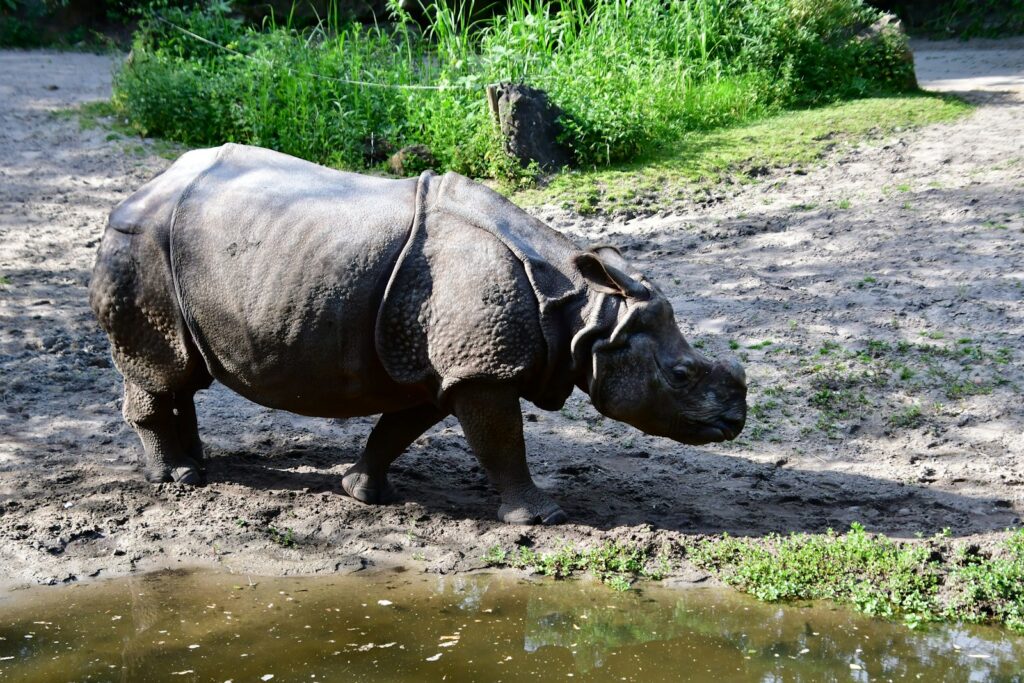
The discovery of Repenomamus and other diverse Mesozoic mammals has profound implications for our understanding of mammalian evolution. Rather than a simple story of small, generalized mammals suddenly diversifying after the dinosaur extinction, we now recognize that mammals were experimenting with diverse lifestyles and body sizes throughout the Mesozoic.
This suggests that many of the adaptations we associate with modern mammals—from semi-aquatic lifestyles to predatory behaviors—may have deeper evolutionary roots than previously thought. The traditional narrative of mammalian evolution as a story of patience and opportunism following the dinosaur extinction has given way to a more complex understanding of persistent innovation and adaptation throughout the Mesozoic.
These discoveries help explain how mammals were able to diversify so rapidly after the dinosaur extinction—many of the adaptations necessary for this radiation were already present in various mammalian lineages, albeit in primitive forms.
Modern Analogues to Repenomamus

To better understand the lifestyle of Repenomamus, paleontologists often look to modern analogues—living animals with similar body sizes, proportions, and ecological roles. The Tasmanian devil represents one possible modern parallel as a medium-sized mammalian predator with powerful jaws capable of crushing bones.
Like Repenomamus, Tasmanian devils are opportunistic predators that will scavenge when possible but are capable of taking prey larger than might be expected for their size. Another potential analogue is the honey badger, renowned for its fearlessness and formidable predatory capabilities despite its relatively modest size. The honey badger’s robust build, powerful jaws, and generalist diet may mirror some aspects of Repenomamus’s lifestyle.
The Asian water monitor, though a reptile rather than a mammal, provides another potential comparative model with its semi-aquatic lifestyle, varied diet including vertebrate prey, and similar body size. By studying these modern analogues, scientists can make informed inferences about how Repenomamus might have behaved in its ancient ecosystem.
Continuing Research and Future Discoveries
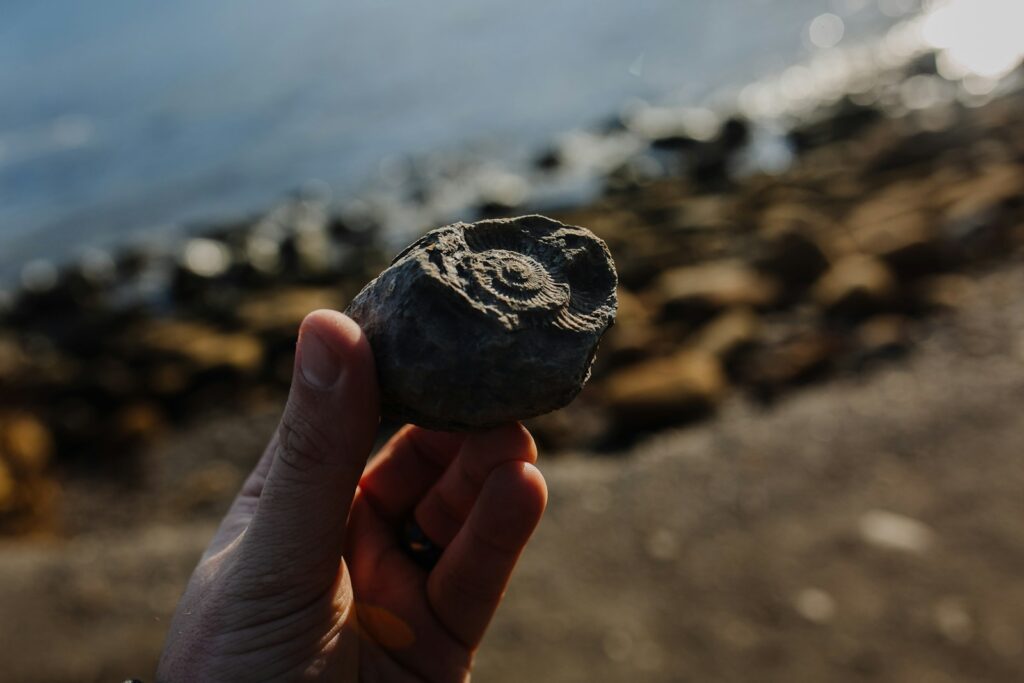
The study of Repenomamus and other Mesozoic mammals remains an active and exciting field of research. New analytical techniques continue to reveal more details about these ancient creatures. Micro-CT scanning allows scientists to examine the internal anatomy of fossils without damaging them, providing insights into brain structure, inner ear morphology, and other features that inform our understanding of their sensory capabilities and behaviors. Stable isotope analysis of teeth can reveal dietary preferences and habitat usage.
Advances in molecular biology have even allowed researchers to extract proteins from some exceptionally preserved fossils, providing biochemical data to complement anatomical studies. The fossil-rich regions of China, Mongolia, and other areas continue to yield new specimens that expand our knowledge of mammalian diversity during the Age of Dinosaurs. Each new discovery has the potential to further revolutionize our understanding of these fascinating creatures that lived in the shadow of dinosaurs yet carved out their own evolutionary success stories.
Conclusion

Image by David Valentine, via Unsplash
The discovery of Repenomamus and other surprising Mesozoic mammals has fundamentally transformed our understanding of life during the Age of Dinosaurs. Far from being insignificant players in dinosaur-dominated ecosystems, some mammals achieved remarkable size and ecological diversity, even occasionally preying on dinosaurs themselves.
These findings challenge us to reconsider the traditional narrative of mammalian evolution and recognize that the seeds of mammalian success were planted long before dinosaurs disappeared from the scene. As paleontologists continue to unearth new fossils and apply cutting-edge analytical techniques, our picture of the ancient interaction between mammals and dinosaurs becomes increasingly nuanced and complex.
The story of Repenomamus reminds us that the history of life on Earth is full of surprises, and even our most established scientific narratives remain subject to revision in the face of new evidence.




